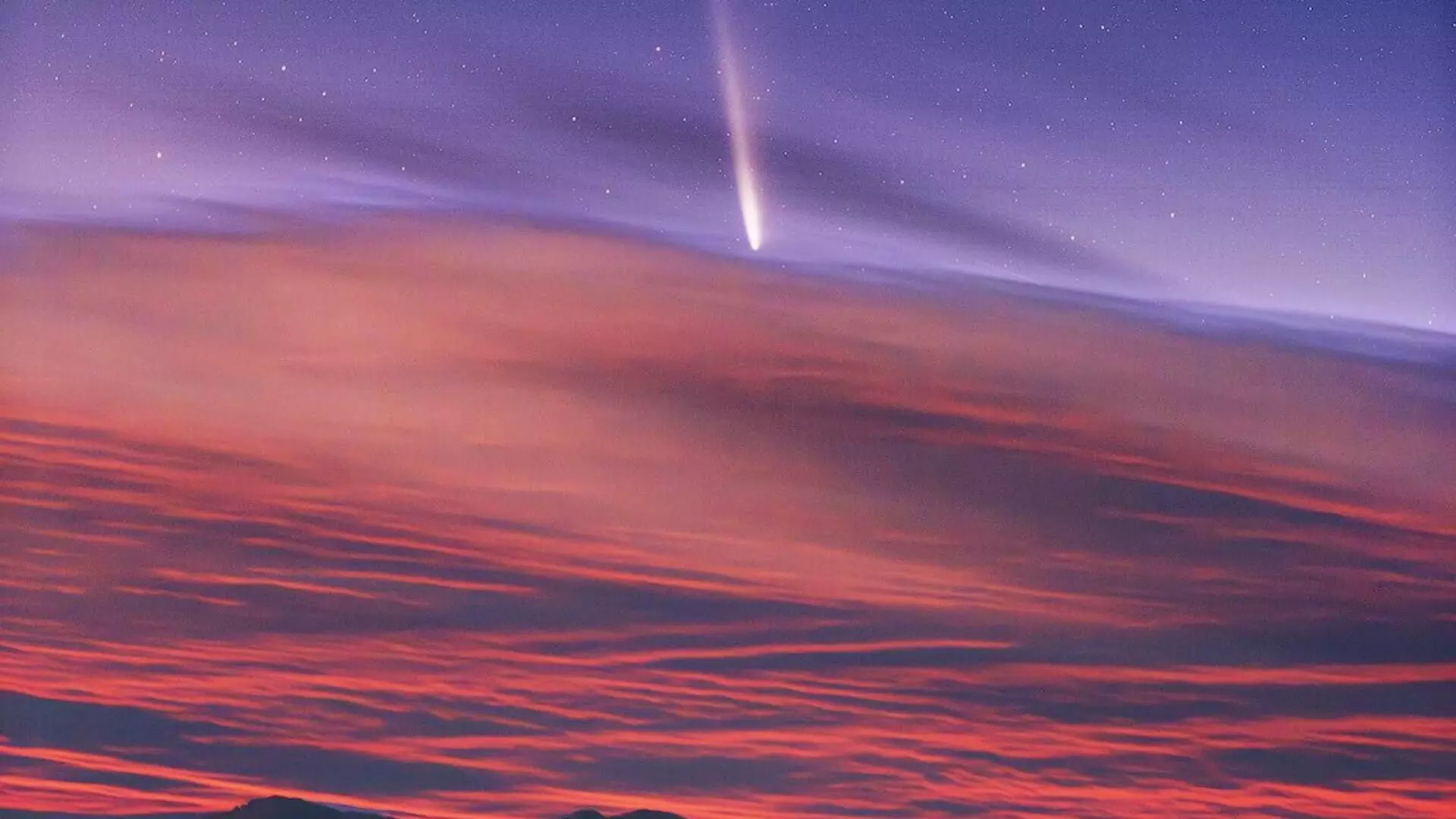The Next Approach of Comet Tsuchinshan-ATLAS Will Occur After Humanity Has Departed Earth
This celestial traveller, identified in early 2023, has intrigued astronomers and sky enthusiasts as it nears its closest approach to Earth
Comet Tsuchinshan

Comet Tsuchinshan-ATLAS is making its final appearance in Earth's skies before embarking on an 80,000-year journey through the outer reaches of our solar system. Discovered in early 2023, this celestial wanderer has captured the attention of astronomers and skywatchers as it nears its closest approach to Earth.
The comet is expected to pass between Earth and the sun, transitioning from the morning sky to the evening sky. A particularly notable moment will occur on October 9th, when the comet will be just 4 degrees from the sun. This close proximity may lead to a fascinating phenomenon known as forward scattering, where dust from the comet reflects sunlight toward Earth, potentially enhancing its brightness.
Experts suggest that, under optimal conditions, Comet Tsuchinshan-ATLAS might even become visible in broad daylight, reminiscent of the stunning Comet McNaught in 2007. However, observers are strongly advised to take precautions when viewing the comet due to its closeness to the sun.
To safely observe this rare event, astronomers recommend standing in the shadow of a building to block direct sunlight while maintaining a view of the comet. The use of optical equipment without proper solar filters can lead to severe eye damage.
As Comet Tsuchinshan-ATLAS prepares to exit our cosmic neighbourhood, it presents a once-in-a-lifetime opportunity for observation. Its departure signals the start of an incredibly long orbital journey, with no expectation of returning to the inner solar system for around 80,000 years. This event illustrates the vast timescales in our universe and the ephemeral nature of such cosmic encounters from our earthly perspective. As the comet fades from view, it leaves a legacy of scientific data for those fortunate enough to witness its passage.

